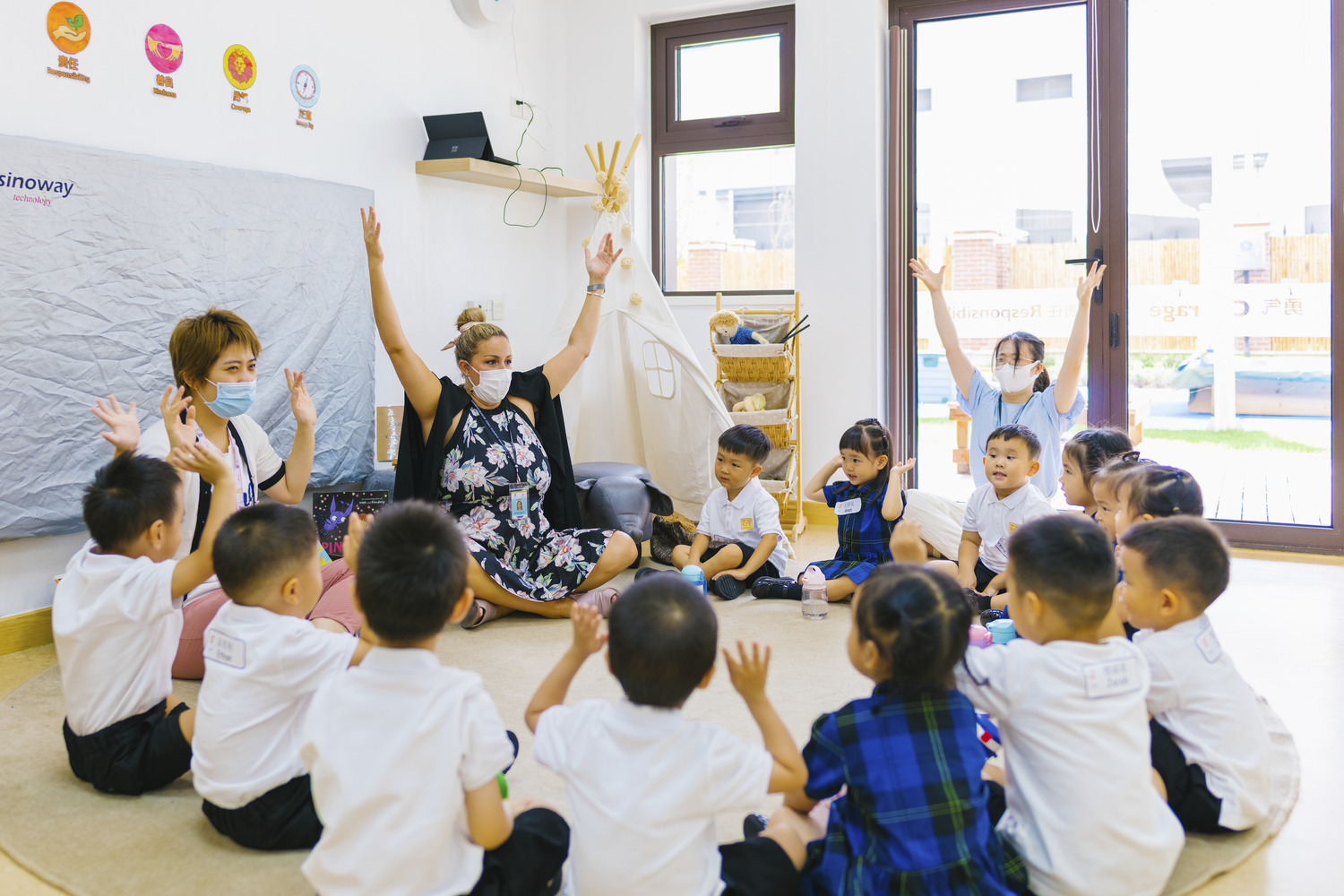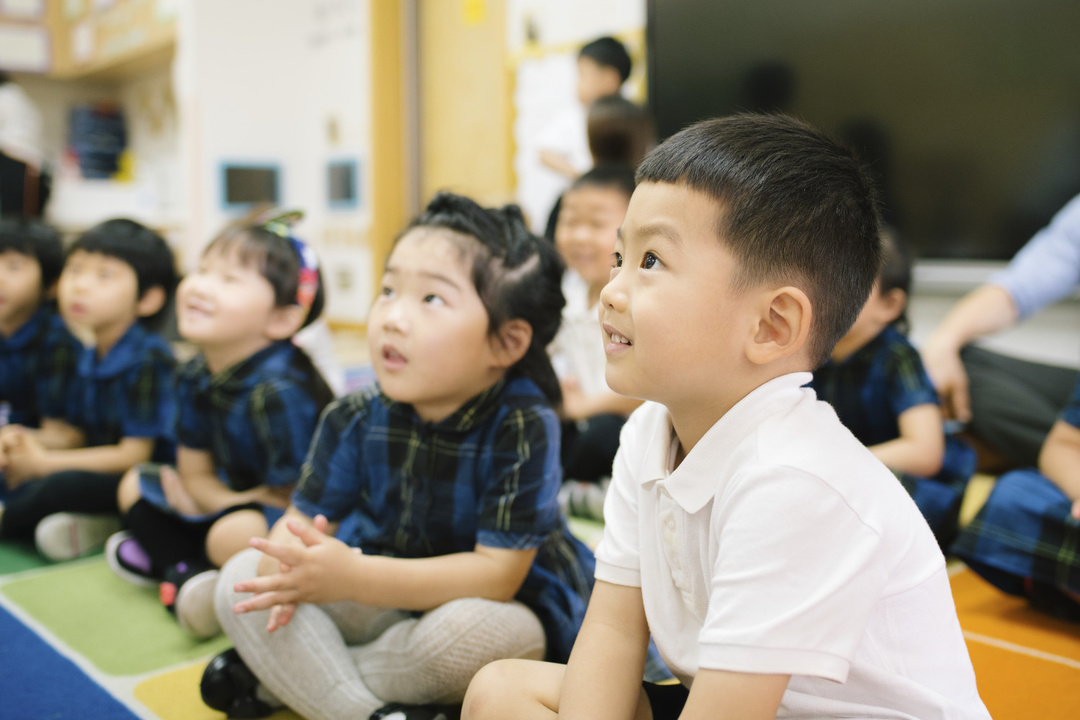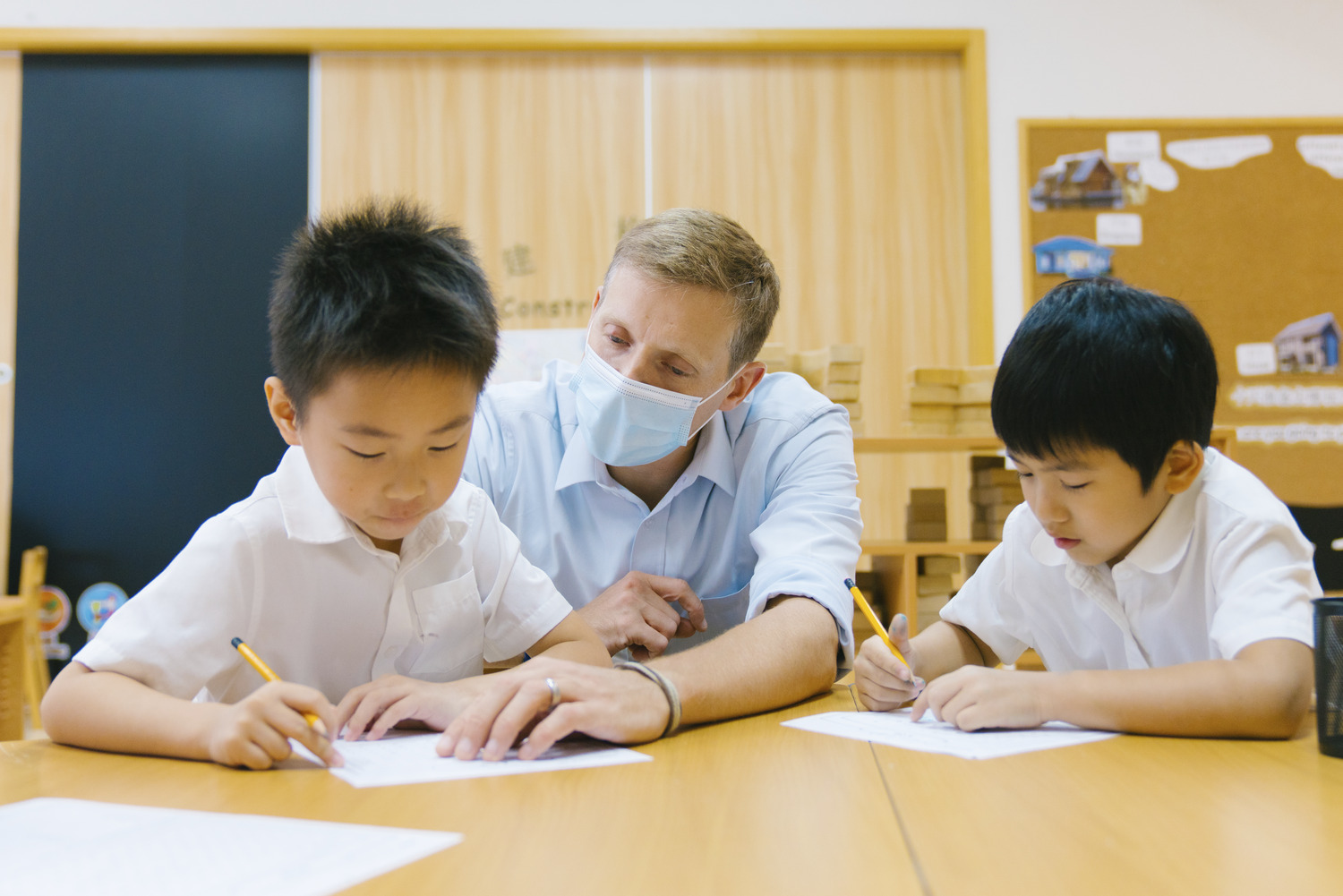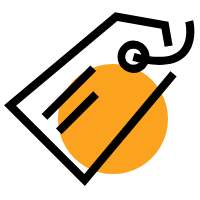
1.5 billion people speak Chinese, and most of them live and work in the world's fastest-growing economy. English is often used as a common tongue, in international settings.
Suffice it to say, in the coming decades, these will be the two most important languages to know. And anyone who can achieve total mastery of both will prove to be quite an asset in the years to come. Young children are uniquely predisposed to acquiring new languages, so the sooner they get started on learning two languages, the better.

But learning a language and learning in a language are not quite the same thing. This is what makes a bilingual education at Huili Nursery Shanghai unique. Rather than learning English as subject, classes at Huili Nursery are conducted in both Chinese and English.
As a result, pupils not only learn two languages, they learn how to learn in two languages. This builds vocabulary, develops oracy and establishes strong foundations for literacy in both languages.
Advantages of bilingual education
Research shows that learning a second language is one of the most effective ways to improve children's mental capacities and cognition skills.
Being bilingual promotes creative thinking, pattern recognition and problem-solving skills.
By learning a second language, they often gain a deeper understanding of their first language.

Learning a new language encourage cross-cultural thinking, which promotes greater empathy and cultivates respect for others.
Bilingual person can better focus on their attention and become a capable thinker and decision maker.
Bilingual education in action
At Huili Nursery, different year groups engage in their age-appropriate theme-based learning. EY1 focuses on schema play, EY2 StoryTalk. Meanwhile, EY3 and EY4 focus on learning adventure.

The learning environment is immersive. This means that the Chinese and English are used as the language of instruction and children are encouraged to use it frequently in their daily nursery routines, game play and other activities. Bilingual teaching is also used to promote other areas of development, such as personal, social and emotional development as well as maths, arts, science and sports.

Huili's bilingual education follows our bilingual teaching philosophy. It provides children with immersive language learning environment, and promotes their language, physical and communication skills as well as personal, social and emotional development through our co-teaching. In the next article, we will talk about teaching outcomes of our bilingual education based on specific teaching practices.